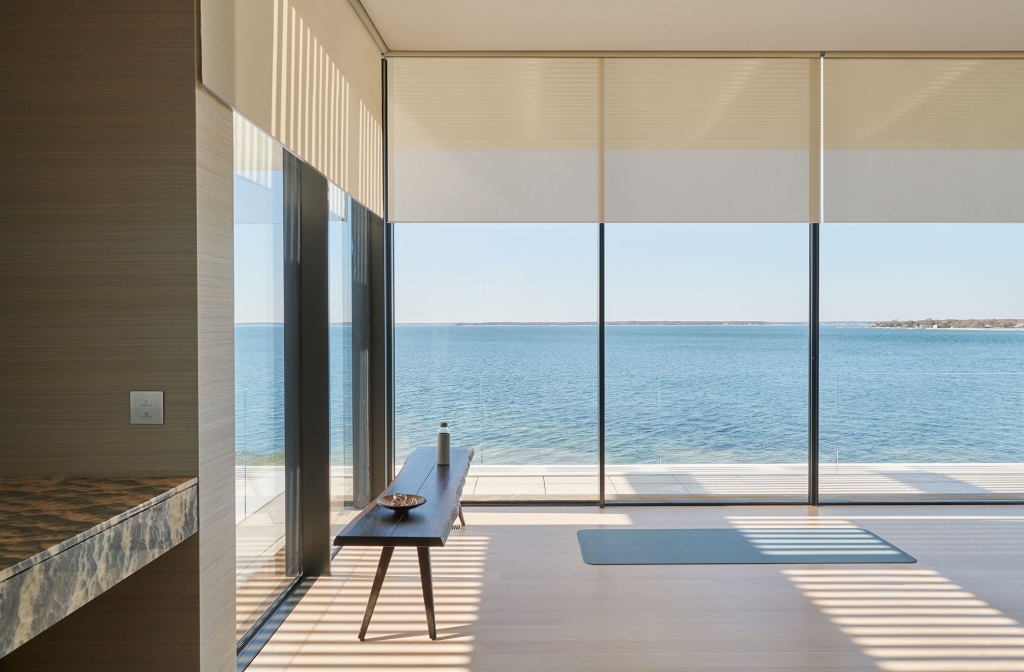A shading system is a system designed to control the amount of natural light entering a building, providing shade, adjusting light levels, improving comfort, and enhancing energy efficiency. Shading systems typically include curtains, blinds, awnings, or smart motorized shades, and are widely used in residential homes, commercial buildings, offices, and public facilities. Modern shading systems are often integrated with smart home systems, allowing automatic adjustments based on factors such as light levels, temperature, and time of day.

Key features of a shading system:
- Light control: Shading systems can adjust the amount of natural light entering a room, preventing direct sunlight from causing glare while also protecting indoor furniture from UV damage.
- Energy efficiency: Shading systems reduce the amount of solar heat entering the space, helping to lower indoor temperatures and reduce the need for air conditioning, thereby improving energy efficiency. In winter, the system can allow more sunlight in to increase indoor temperature, reducing the need for heating.
- Enhanced privacy: By adjusting the position of curtains or blinds, shading systems provide privacy by preventing outside views, making indoor spaces more secure.
- Automated control: Smart shading systems can be linked to light sensors, temperature sensors, or timers to automatically open or close curtains and shades. For instance, when sunlight is too strong, the system automatically closes the blinds, or it can be set to open and close shades according to the user’s daily routine.
- Aesthetic and functional: Shading systems combine practicality with aesthetics. Modern motorized curtains and smart blinds can be designed to match the interior decor and furniture style, enhancing the overall beauty of the space.
- Manual and motorized control: Traditional shading systems are often manually operated, while modern smart shading systems offer remote or automatic control through remote controls, smartphone apps, or voice assistants, providing a more convenient user experience.
Application scenarios of a shading system:
- Residential: Shading systems can effectively reduce solar radiation in the summer to keep interiors cool while maximizing sunlight utilization in the winter to save energy. Smart shading systems also enhance comfort and convenience, especially for large windows or hard-to-reach areas.
- Commercial buildings and office spaces: Shading systems improve the work environment by adjusting natural light to reduce glare, boosting employee productivity, and saving on air conditioning and lighting energy consumption.
- Public facilities: In spaces like libraries, museums, and schools, shading systems provide the right amount of natural light, optimizing learning or exhibition environments.
Advantages of a shading system:
- Increased comfort: By controlling light, regulating temperature, and enhancing privacy, shading systems create a more comfortable indoor environment.
- Energy savings: Shading systems effectively reduce the need for air conditioning and lighting, helping buildings achieve higher energy efficiency.
- Aesthetic and functional: Modern shading devices blend with interior decor, offering both strong functionality and an enhanced sense of design.
In summary, shading systems play a key role in improving indoor comfort, energy efficiency, and privacy, and with advancements in smart technology, the control and use of shading systems have become more convenient and efficient.
